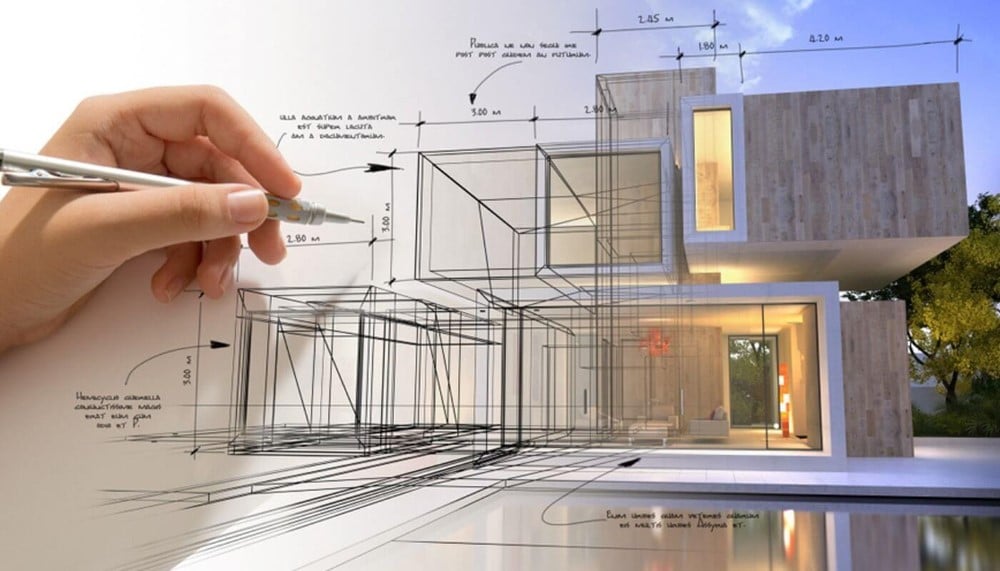The architectural industry is rapidly evolving with the integration of Artificial Intelligence (AI). AI-powered tools help architects streamline design processes, enhance creativity, and improve efficiency all without hefty costs. This article explores the best free AI tools for architects, detailing their features, benefits, and how they revolutionize modern architecture.
Why Architects Should Use AI Tools
AI tools offer numerous advantages:
-
Automated Design Suggestions – AI generates optimized layouts based on input parameters.
-
Enhanced Visualization – Realistic 3D renderings and virtual walkthroughs.
-
Time & Cost Efficiency – Reduces manual labor and speeds up project timelines.
-
Sustainability Optimization – AI suggests eco-friendly materials and energy-efficient designs.
With these benefits, architects can focus more on innovation rather than repetitive tasks.
A. Best Free AI Tools for Architects
1. Maket.ai
Key Features:
-
Generates residential and commercial layouts automatically.
-
Provides zoning compliance checks to meet legal requirements.
-
Uses predictive analytics for real estate trends.
Why Use It?
Maket.ai helps architects quickly draft feasible designs while adhering to regulations—ideal for early-stage planning.
2. ARCHITEChTURES
Key Features:
-
AI-driven space planning and optimization.
-
Customizable design parameters for residential projects.
-
Generates multiple design variations in seconds.
Why Use It?
This tool is perfect for architects needing fast, data-backed design iterations without manual effort.
3. TestFit
Key Features:
-
Real-time site planning with AI-generated solutions.
-
Optimizes parking layouts, building footprints, and walkability.
-
Integrates with Revit and AutoCAD.
Why Use It?
TestFit is excellent for urban planners and architects working on large-scale developments.
4. Hypar
Key Features:
-
Cloud-based generative design platform.
-
Allows collaborative AI model building.
-
Supports IFC and DWG file formats.
Why Use It?
Hypar enables teams to co-create AI-driven designs seamlessly.
5. Planner 5D
Key Features:
-
User-friendly drag-and-drop interface.
-
AI-powered interior and exterior design suggestions.
-
Free version available with basic features.
Why Use It?
Great for beginners and hobbyists experimenting with architectural visualization.
6. Ark-ai
Key Features:
-
AI-based sketch-to-3D model conversion.
-
Supports parametric design adjustments.
-
Free tier with limited exports.
Why Use It?
Ark-ai helps architects transform hand-drawn sketches into digital models effortlessly.
7. AI Room Planner
Key Features:
-
Generates furniture layouts and space utilization plans.
-
Offers style recommendations (modern, minimalist, etc.).
-
Free web-based tool.
Why Use It?
Ideal for interior designers and residential architects.
8. DeepForm
Key Features:
-
AI-powered structural analysis and optimization.
-
Detects potential design flaws early.
-
Free for small-scale projects.
Why Use It?
Ensures structural integrity while minimizing material waste.
B. How AI is Transforming Architecture
1. Generative Design
AI algorithms produce hundreds of design variations based on constraints, helping architects explore innovative solutions.
2. Real-Time Rendering
AI-powered tools like Lumion & Enscape create photorealistic visuals in seconds, improving client presentations.
3. Sustainable Architecture
AI suggests energy-efficient materials, solar panel placements, and passive cooling techniques to reduce carbon footprints.
4. Automated Documentation
AI extracts data from sketches and converts them into detailed construction documents, saving hours of manual work.
5. Predictive Analytics
AI forecasts urban growth patterns, helping architects design future-proof structures.
C. How to Choose the Right AI Tool
When selecting an AI tool, consider:
-
Project Scope – Small residential vs. large commercial projects.
-
Integration – Compatibility with CAD/BIM software like Revit, SketchUp, or Rhino.
-
Learning Curve – User-friendly vs. advanced tools.
-
Budget – Free vs. premium features.
D. Future of AI in Architecture
AI will continue to evolve with:
-
AI-assisted urban planning for smart cities.
-
VR & AR integration for immersive design experiences.
-
Self-learning algorithms that improve with each project.
Conclusion
Free AI tools empower architects to work smarter, faster, and more creatively. From automated design generation to sustainable solutions, these tools are revolutionizing the industry. Start experimenting with the best free AI tools for architects today to stay ahead in the competitive field.














